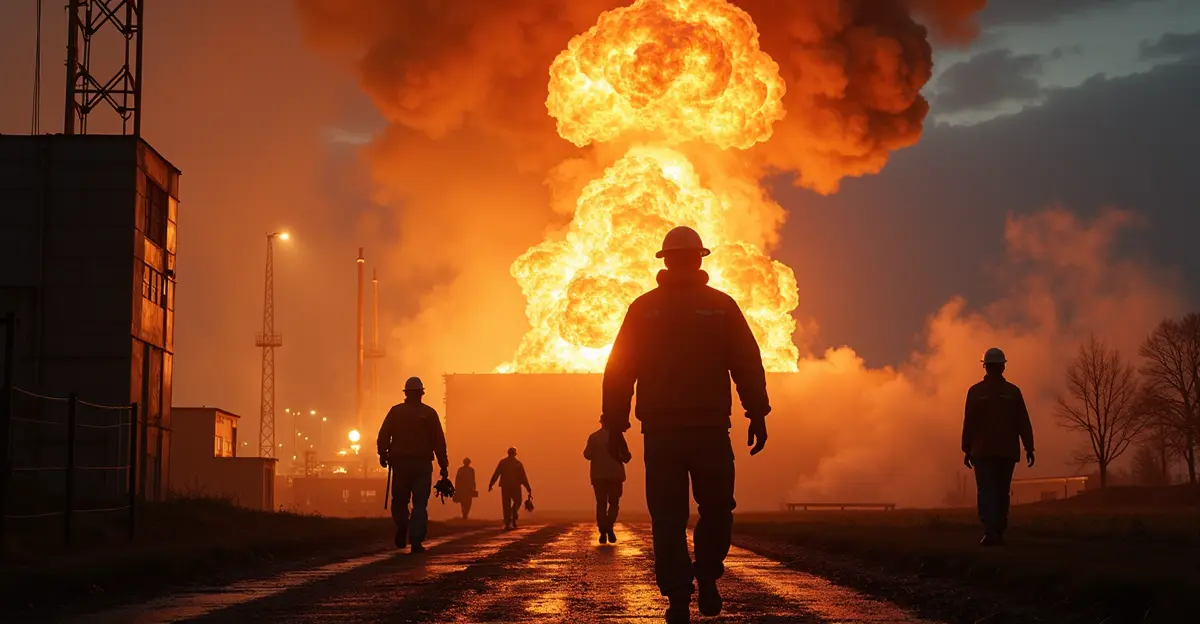
Industrial Safety Failures Lead to Catastrophic Accidents
Recent factory explosions across multiple industries have exposed critical safety lapses that continue to endanger workers and surrounding communities. These incidents highlight systemic failures in industrial safety protocols and regulatory oversight that have persisted despite numerous warnings from safety experts.
The Growing Pattern of Industrial Accidents
Chemical accidents remain alarmingly common, with significant incidents occurring multiple times per week in the United States alone. According to safety data, Texas leads the nation in chemical accidents, while countries like China have experienced 295 chemical accidents from 2015 to 2021, resulting in 1,325 fatalities. The trend shows these incidents are increasing in frequency rather than decreasing, despite technological advancements in safety systems.
Root Causes of Safety Failures
Industrial explosions typically result from a combination of factors including inadequate maintenance, improper storage of hazardous materials, human error, and insufficient emergency response planning. The most catastrophic incidents often involve flammable chemicals like ammonium nitrate or reactive substances such as calcium carbide that can ignite when exposed to water or other contaminants.
Regulatory Challenges and Enforcement Gaps
Safety agencies like OSHA face significant challenges in monitoring thousands of industrial facilities. Many plants operate with outdated safety systems, while others cut corners on maintenance to reduce costs. The complexity of modern industrial processes means that small errors can cascade into major disasters, overwhelming existing safety measures.
Notable Historical Incidents
The 1984 Bhopal gas tragedy remains the most devastating chemical accident in history, killing over 3,000 people when methyl isocyanate was released from a pesticide factory. More recently, the 2020 Beirut explosion involving 2,750 tons of improperly stored ammonium nitrate killed 218 people and displaced 300,000 residents. These tragedies demonstrate the catastrophic potential of industrial safety failures.
Moving Toward Safer Industrial Practices
Safety experts emphasize that preventing such disasters requires comprehensive risk assessment, regular safety audits, proper employee training, and robust emergency response plans. Advanced monitoring systems and automated safety controls can help detect potential hazards before they escalate into emergencies. However, implementation remains inconsistent across the industry.
The pattern of factory explosions serves as a stark reminder that industrial safety cannot be compromised. As manufacturing processes become more complex, the need for rigorous safety standards and consistent enforcement has never been more critical to protect workers, communities, and the environment from preventable disasters.

 Nederlands
Nederlands English
English Français
Français Deutsch
Deutsch Español
Español Português
Português







